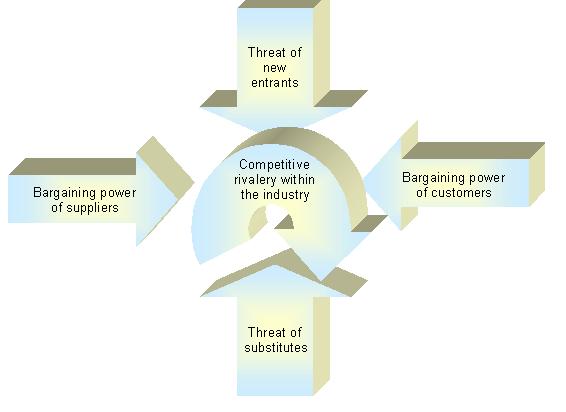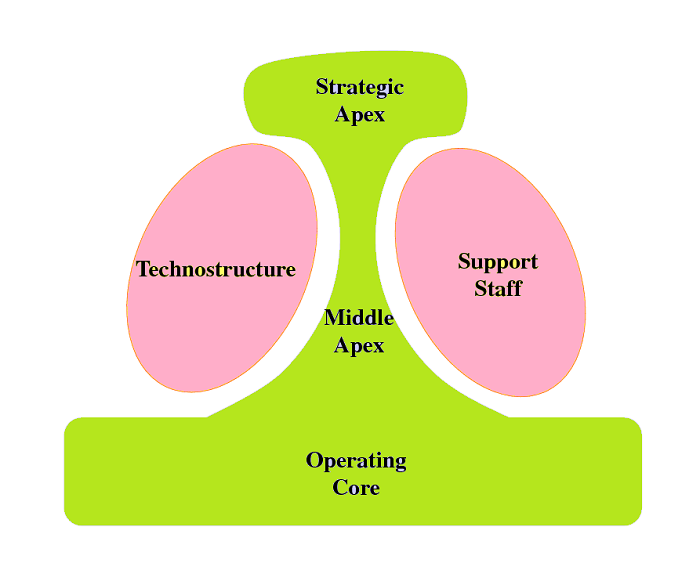Competitive advantage occurs when a firm is using a strategy that is currently not being currently implemented by any of its present and potential competitors. Sustainable competitive advantage continues to exist after the efforts by competitors to copy tat advantage continues to exist after the efforts by competitors to copy that competitive advantage have ceased. That means, the inability of competitors to copy the strategy makes for a sustainable competitive advantage. It is difficult to sustain a significant competitive advantage over a time without periodically revisiting the firm’s identity and purpose. For instance, reducing costs is not a true strategy because it simply provides a breathing space for the organization to formulate an appropriate strategy. The length of time over which a firm can maintain its competitive advantage is dependent on: – Replicability: how easy it is for the competitors to duplicate it. Transferability: how easy it is for the Continue reading
Strategic Management Concepts
Porter’s Model of the Five Competitive Forces
The nature of competition in an industry in large part determines the content of strategy, especially business-level strategy. Based as it is on the fundamental economics of the industry, the very profit potential of an industry is determined by competitive interactions. Where these interactions are intense, profits tend to be whittled away by the activities of competing. Where they are mild and competitors appear docile, profit potential tends to be high. Yet a full understanding of the elements of competition within an industry is easy to overlook and often difficult to comprehend. Porter’s Competitive Forces Model is one of the most recognized framework for the analysis of business strategy. It is based on the insight that a corporate strategy should meet the opportunities and threats in the organizations external environment. Especially, competitive strategy should base on an understanding of industry structures and the way they change. Porter’s Competitive Forces Model Continue reading
Sources of Attaining Competitive Advantage by a Business Firm
When a firm sustains profits that exceed the average for its industry, the firm is said to possess a competitive advantage over its rivals. A competitive advantage is an advantage over competitors gained by offering consumers greater value, either by means of lower prices or by providing greater benefits and service that justifies higher prices. Competitive advantages are capabilities that are difficult to replicate or imitate and are non-tradable. Pitts and Snow define a competitive advantage as “any feature of a business firm that enables it to earn a high return on investment despite counter pressure from competitors.” A competitive advantage exists when the firm is able to deliver the same benefits as the competitors are but at a lower cost (cost advantage), or deliver benefits that exceed those of competing products (differentiation advantage). Thus, a competitive advantage enables a firm to create superior value for its customers and superior Continue reading
The 10-P Framework of Global Strategic Management
The 10-P framework for globalization symbolizes the aspirations and needs of employees and organizations in the new competitive settings. It comes a long way from the initial impetus provided to the subject by Michael Porter in his book Competitive Strategy (1980), and goes beyond his purely industrial organization perspective. The framework operationalizes the 4-Diamonds for a nation’s competitive advantage of Porter. The 10-P framework integrates theory of strategic management and practice of business policy and provides a structure for the practicing manager to evaluate competitiveness at regular intervals. The 10-P framework explores a fine `fit’ between the soft and hard strategic choices. It seeks a self-motivated network of stakeholders who are able to self-actualize a high sense of satisfaction, self-worth, liberty and freedom in business organizational settings. True to the vision of a world-class organization, the central fulcrum in the framework is a PEOPLE-ORIENTATION – both inside and outside the Continue reading
Mintzberg’s Model of Organizational Structure
Management expert Henry Mintzberg proposed that traditionally organizations (profit making or not for profit) can be divided into five components. In practice organizational structure may differ from proposed model. Factors influencing organizational structure are industry norms, size, experience, culture, external forces (competition, inflation, minimum wage legislation etc). Components identified by Mintzberg is useful for understanding the workflow of organizations. The structure of an organization can be defined simply as the sum total of the ways in which it divides its labor into distinct tasks and then achieves coordination among them” – The Structuring of Organizations, Henry Mintzberg. 1. Strategic Apex Strategic apex is the most senior level in the organization. Management working at this level is referred as board of Directors (chairman, CEO, executes and non executive directors). They set the objectives (increase sales by 10% in one year) and strategic direction (new product and markets developments) of Continue reading
PEST Analysis – External Business Environment Analysis
A PEST analysis is a way to analyze the general external environment of an organization. Every organization has an external environment. The external environment is quite important because it is the environment in which a company operates. PEST analysis is a useful tool for understanding the “big picture” of the environment in which industry is operating, and environmental understanding will bring the advantage of the opportunities and guide to minimize the threats. PEST components are Political, Economic, Social and Technological. The PEST analysis is used to identify forces in the macro-environment that are affecting the business at present and are likely to continue to affect the business in the future. Macro-environmental analysis is interested in factors in the wider environment that influence the demand for the product or service offered by a company; demand for the product or service; the manner in which the product or service is distributed; the Continue reading


